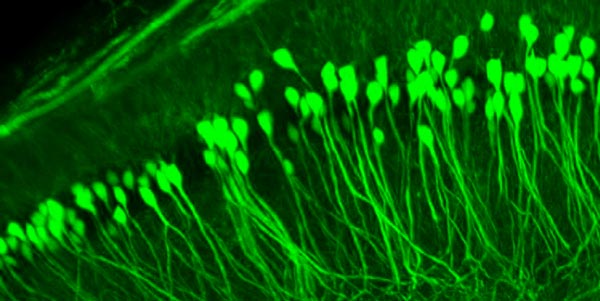True isotropic resolution (360º)
In order to get to a truly 360º isotropic resolution with light sheet microscope, SPIM measurements at many more than 4 angles are needed. But this would generate an immense amount of data, almost impossible to manage from conventional workstations. PlaneLight has a different way of looking at the sample from hundreds of angles. Our equipment is the only device on the market that can generate and recombine up to 500 angles, using our patented SPOT technology (Statistical Projections Optical Tomography).

You can see a diagram of our technology below:
The first step is to perform a SPIM measurement. If the result is satisfactory, you can stop at this step. But if a truly isotropic resolution is needed (at 360º), several SPIMs can be performed at different angles (up to 500 angles with a step of 0.7º). From each of these SPIMs, only a 2D projection is collected (MIP, sum, etc.) and used to reconstruct the final 3D image using angular measurements. In our case it does not matter that the sample moves (rotates) because our data processing software analyzes all the images, finds the true center of rotation and reconstructs the image correctly. This process is independent of the measurement medium (water, solvents, etc.), the numerical aperture of the objective, and perhaps most importantly, the sample size. We can do it for a sample from 1mm to 20mm, using proper detection objectives and stitching. In the example of the following link you can see a comparison between SPIM, 2-angle SPIM recombination and 400-angle recombination:
Many manufacturers advocate over the isotropic resolution of their systems but if they can do it, it can only be done for small samples (< 1mm). A researcher interested in large samples (up to 20mm) should always ask the vendor for the orthogonal views of the sample (XY, YZ, and XZ). We are the only company that publishes these types of images because we are the only ones who can do it without deceiving anyone.